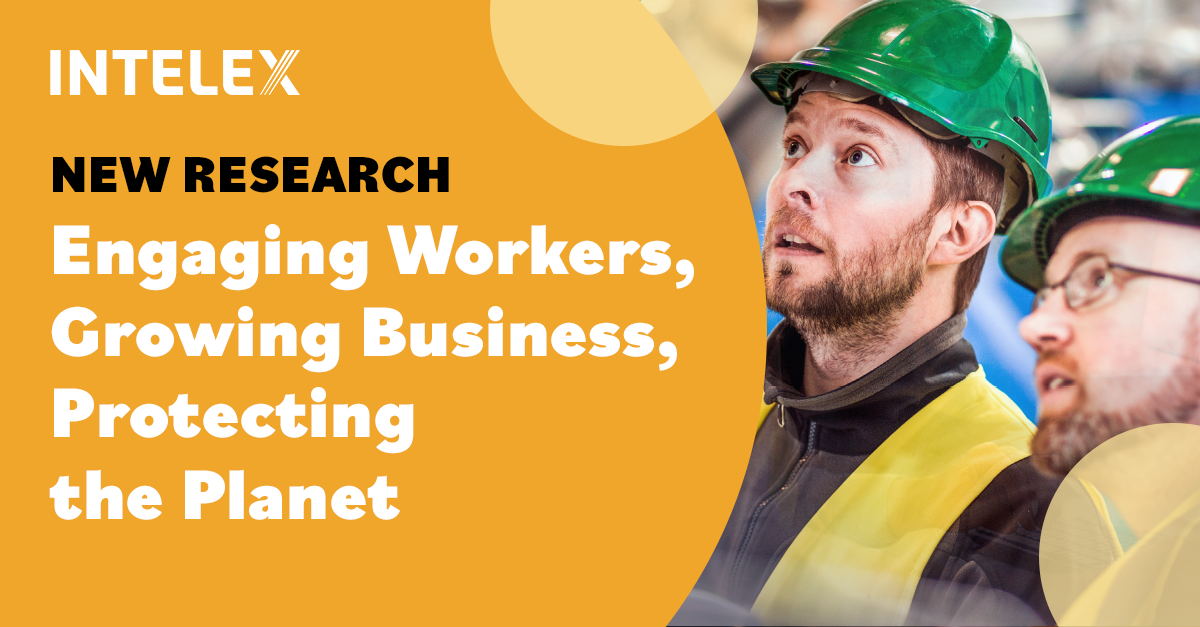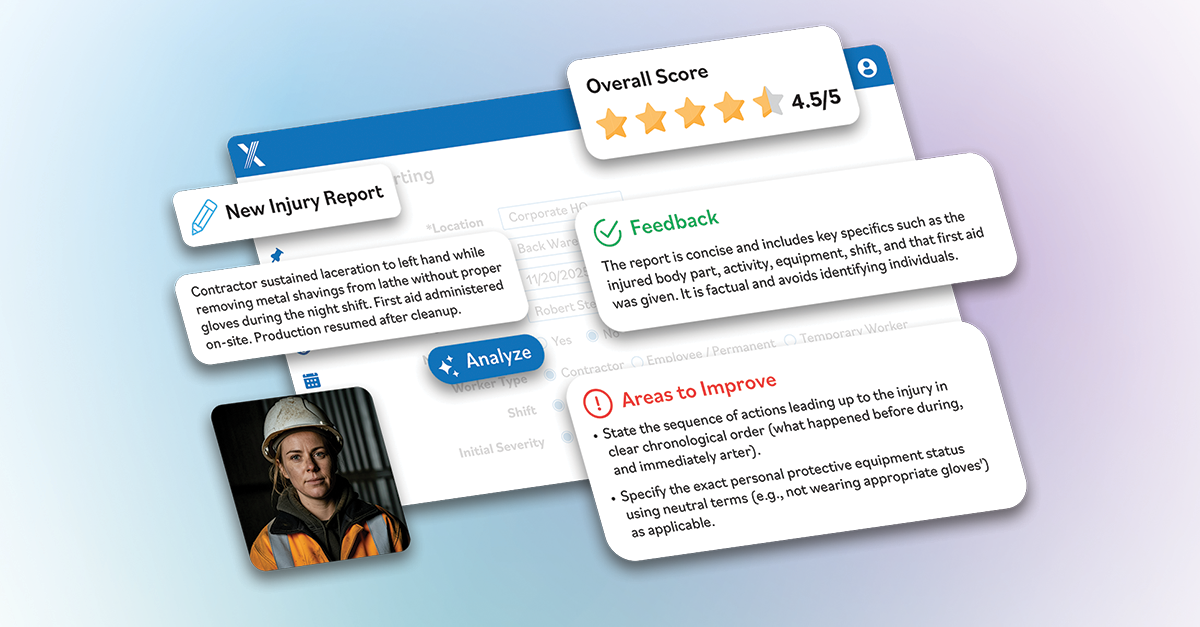Digital Transformation in EHS: Expert Tips for Getting It Right
June 18, 2025
9 minute read
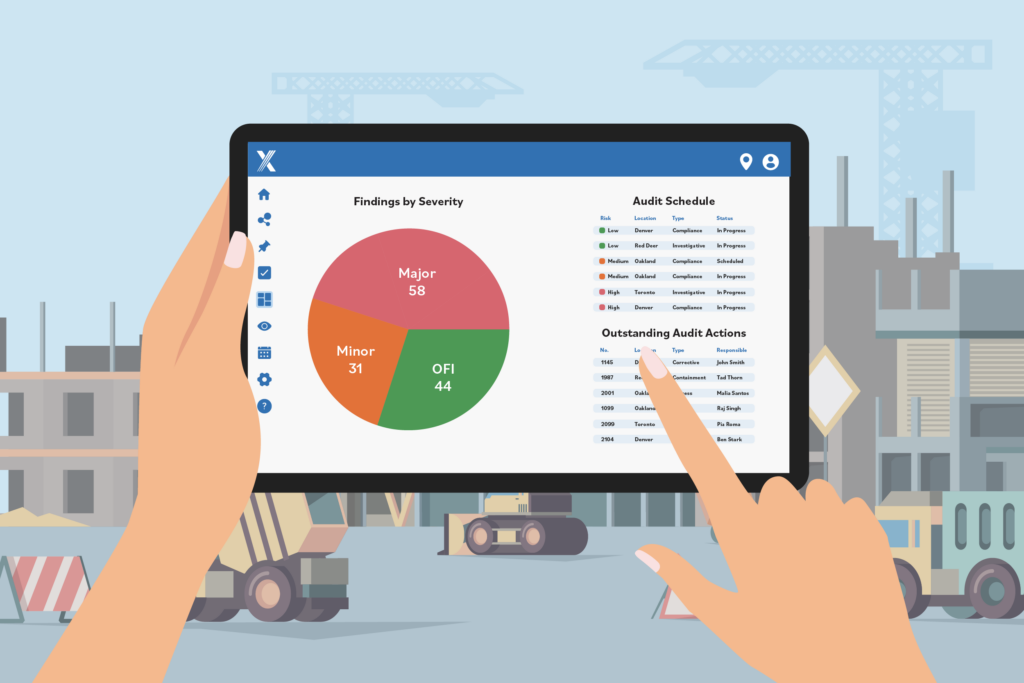
For safety and sustainability professionals, the desire to drive real change has never wavered. But outdated tools have trapped them in reactive, time-consuming work that is focused more on managing paperwork than driving change.
It’s a reality that both Scott Gaddis, Vice President of Health and Safety, and Charles Knapp, M.Env.Planning, PMCP, Senior Product Marketing Manager, know firsthand. Before moving into their current roles at Intelex, Scott and Charlie spent years in the field, experiencing the disconnect between what safety and sustainability teams aspire to do and what their tools allow them to achieve.
This might seem like a problem of the past, but according to a 2024 Verdantix Global Corporate Survey, 93% of senior EHS decision makers surveyed are still working to phase out at least some aspects of legacy information systems and paper-based processes.
I sat down with Charlie and Scott to understand how digital transformation enables EHS, and environmental, social and governance (ESG) professionals to step into a strategic leadership role and how companies can connect data, people and processes across departments to create an ecosystem that weaves safety and sustainability goals throughout the entire organization.
Three pillars of digital transformation
When people think of digital transformation, going paperless is often the first thing that comes to mind. However, simply swapping a binder for a spreadsheet replicates old processes in new formats, it doesn’t fix the inefficiencies or close critical gaps.
Charlie breaks digital transformation into three pillars:
1. Digital and mobile
Replacing paper is the first step. But more importantly, it’s about making information available anywhere, anytime. With mobile tools, such as tablets and smart phones, workers have data in the palm of their hand to complete inspections, reports and observations faster, sooner and more reliably, spotting risks earlier and keeping progress on track.
2. Automation
Capturing data is critical, but acting on it is what matters most. Automation ensures that once information is submitted, the right people are alerted, follow-ups are triggered and workflows keep moving without manual intervention. Instead of reacting to individual issues, management can proactively respond to emerging trends before they reach regulatory limits.
3. Interconnection
Digital transformation connects data from systems across the organization — EHS, procurement, inventory, HR, sustainability — so every team has access to real time insights. This is especially important when information needs to be accurate and available immediately.
For example, by linking chemical inventory systems with procurement platforms and safety data sheet (SDS) databases, teams can ensure that any new or relocated hazardous material is automatically tracked and reflected in emergency response plans. This helps workers understand what they might be exposed to on the job and helps emergency personnel know how to best respond during an incident. By having access to real-time insights, organizations foster better communication and improved decision-making.
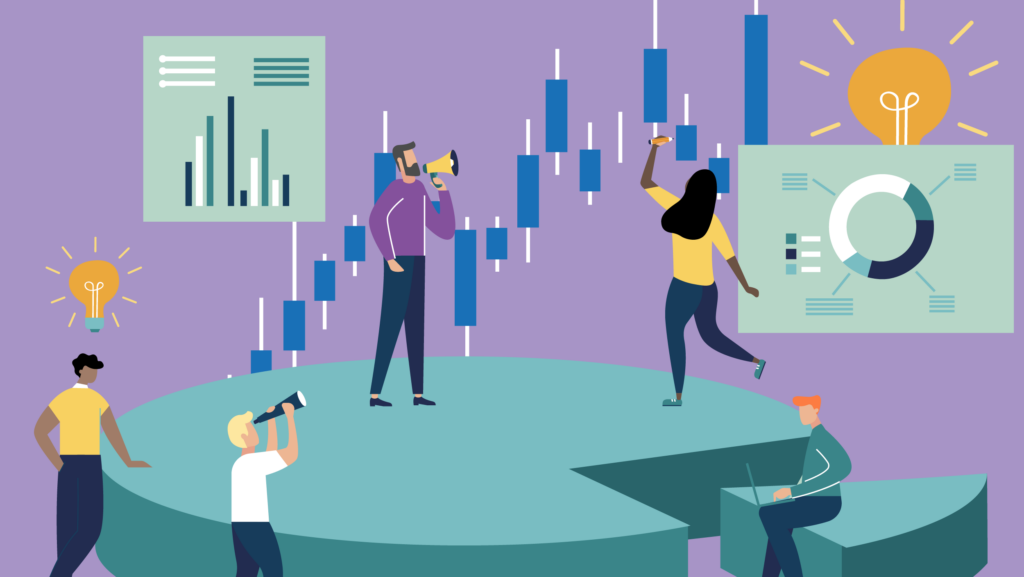
Building a connected ecosystem
Digital transformation doesn’t just improve efficiency. It fundamentally changes how teams work together. By pulling data into a single, accessible system, organizations can break down walls between departments and create a single source of truth that wouldn’t be possible with various siloed pieces of technology. Scott explained it like this:
“When everyone — from operations to sustainability — can access the same real-time data, it breaks down traditional silos between departments. This visibility allows teams to see not just isolated metrics (like production numbers or emissions), but to understand how those data points relate to one another. By seeing everything in context, organizations can make more transparent, aligned, and strategic decisions.”
In other words, it’s not just about sharing data — it’s about sharing insight. When EHS, operations, HR, and sustainability are connected through the same system, each team can see how their actions intersect. Operations can instantly see how a change in production impacts safety outcomes. Sustainability can track emissions alongside operational data. HR can check that training records are up to date and tie that back to safety performance.
And it’s not just internal teams that benefit. Regulators increase their trust because they can easily follow a clear, structured data trail — something Scott saw first-hand during OSHA (Occupational Safety and Health Administration) workplace safety inspections while working as an EHS practitioner for companies in the United States. Executives can rely on real time dashboards to quickly see if key safety and ESG goals are on track. And for investors and customers, digital transformation makes it possible to show measurable commitments to sustainability and safety.
Charlie pointed out that employees are a big part of this ecosystem, too. Transparency doesn’t just matter to regulators and investors — it matters to workers who want to know their company is serious about sustainability and their safety. That visibility helps with engagement, retention, and even recruitment.
“It empowers a company to communicate internally,” Charlie said. “You can show the reality of how you’re achieving what you set out to achieve in environment and safety.”
By creating a connected ecosystem, digital transformation makes safety and sustainability shared priorities — visible, measurable, and actionable at every level.
Learn more by watching our webinar Managing Change in a Digital Transformation.
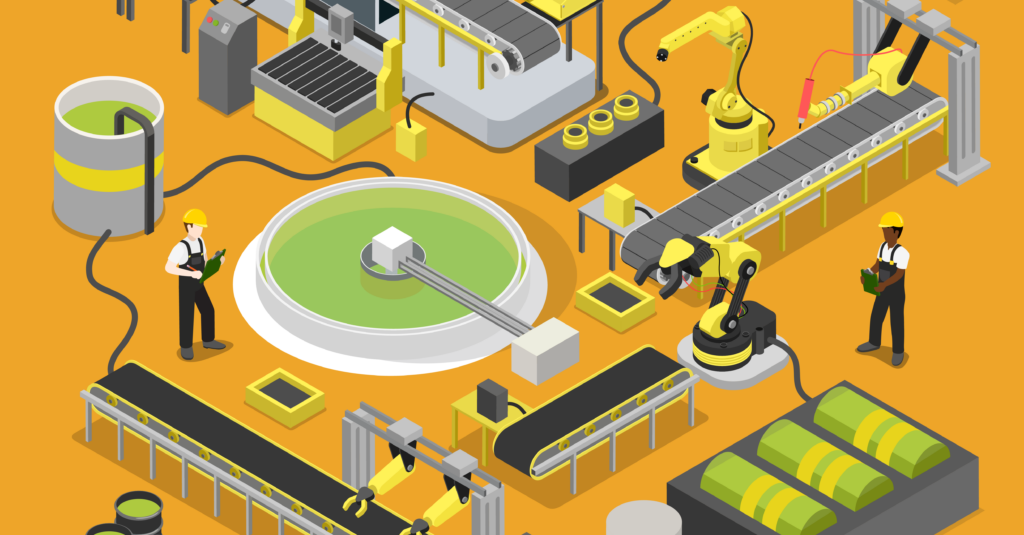
The risks of inaction
While the benefits of digital transformation are clear, the risks of not modernizing are just as significant and often underestimated.
At a basic level, maintaining the status quo means organizations lose speed and insight. Without real time data, decision-making remains slow and reactive, and risks that could be prevented slip through the cracks.
“You waste time with administration, you miss risks because you can’t see them, and you’re making decisions from fragmented data,” Scott said. “I spent a career doing that — leading more from gut than data.”
The consequences go beyond inefficiencies or other business costs.
“If managers don’t have the tools they need to take care of bread-and-butter things such as ensuring employees and contractors are trained to do the jobs you’re asking them, it could lead to actual workplace injuries that are avoidable,” Charlie said. “The risk of not modernizing is that you can have safety or environmental incidents that put peoples’ lives at risk.”
Another risk is the misunderstanding of what technology can actually do. Teams often expect software alone to fix safety culture or compliance gaps. But as Scott pointed out, technology is only as good as the processes behind it.
“There’s a misconception that putting a mobile device in everyone’s hands is complete buy-in,” he said. “That’s not true. Technology is an enabler, not a silver bullet.”
Charlie added that many teams develop tunnel vision. They focus only on the most urgent pain point, like replacing a spreadsheet with off-the-shelf software to fix a specific issue. That quick fix might deliver short-term gains, but without a long-term plan, companies risk ending up with a patchwork of tools that don’t scale or integrate.
“It’s like fixing one leaky tire while you’re still driving down the road,” he said. Instead, Charlie encouraged organizations to step back and create a roadmap that starts with quick wins but builds toward broader transformation — streamlining processes, connecting systems, and aligning EHS and ESG efforts with IT support.
As Scott summed it up:
“You can’t proactively manage what you cannot see. Do you want to be agile and proactive or live from crisis to crisis?”

Starting a digital transformation
For companies just beginning their digital transformation journey, Scott and Charlie shared some clear advice: start with a plan and keep it simple.
“First, you’ve got to define what success looks like,” Scott said. “Is it reducing injuries? Improving culture? You have to decide that upfront, and you need a planning team that goes beyond EHS — include IT, executives, and frontline workers.”
Success looks different to each group.
Executives care about strategic KPIs, while frontline workers need systems that are fast, simple, and intuitive. If you ignore any of these voices early on, you risk rolling out a tool that doesn’t meet everyone’s needs, ultimately stalling adoption before it starts. A cross-functional team can also help set realistic goals, align on scope, and avoid common mistakes of trying to do too much at once.
Organizations should aim to start small and build over time. Even companies with big ambitions often realize they need to narrow their focus at the start to avoid stalling progress.
“One of the biggest mistakes is trying to do too much at once,” Scott said. “You’ve got to figure out the least amount of data you can live with to be successful.”
That idea of collecting the minimum necessary data marks a big shift in mindset. Traditionally, EHS and ESG teams have operated under the belief that more data is always better. But digital transformation requires a different approach because the people entering the data — often frontline workers — don’t have time to wade through dozens of unnecessary fields.
As Charlie explained, earlier systems he built were comprehensive by design, with many fields intended to be helpful, but they also added complexity. Over time, he learned to focus on what information was truly essential and what could be optional. That same mindset now guides how digital tools are designed and deployed: make it simple, make it fast, and focus on the data that actually drives action.
“It’s not about building a perfect system. It’s about building something that helps people be effective,” Charlie said. “Don’t let ideal be the enemy of actually getting things done.”
Conclusion
The goal has always been clear for EHS and ESG professionals: Create safer, more sustainable workplaces.
And digital transformation enables that because it’s not just a technology upgrade, swapping something newer for something old. It’s a chance for EHS and ESG professionals to step into a more strategic, proactive role.
By focusing on the pillars of mobile and digital tools, automation, and interconnection, and by building connected ecosystems that engage every part of the business, organizations can finally move beyond the limits of outdated systems.
But success depends on more than just the right tools. It requires a clear vision, strong processes and a commitment to simplicity that makes adoption easy and sustainable. As Scott and Charlie emphasized, digital transformation works best when it’s seen not as a destination, but rather as an ongoing effort to improve sustainability and safety at every level. In short, start with a plan and keep it simple.



